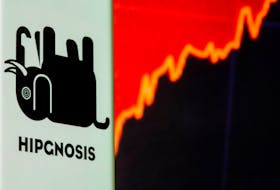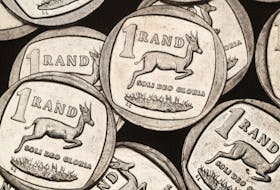By Jamie McGeever
BRASILIA (Reuters) - Brazilian consumer price inflation fell to its lowest in more than a year in September, official figures on Wednesday showed, a reading below the central bank's target that is likely to strengthen expectations of another cut in interest rates.
The benchmark IPCA index of inflation rose 2.89% in the 12 months through September, down from an increase of 3.43% in the previous month, government statistics agency IBGE said on Wednesday.
This was below the median consensus forecast of 2.97% in a Reuters poll of economists and marked the first time since May last year that the annual rate of inflation has been below 3.0%.
The central bank's official year-end goals for 2019 and 2020 remain 4.25% and 4.00%, respectively, targets most economists think will be undershot. In the first nine months of the year, the annual rate of inflation was running at 2.49%, IBGE said.
"It now looks like inflation will average about 3.3% next year," said William Jackson, economist at Capital Economics, lowering his forecast from 3.5%.
"The fall in inflation to a weaker-than-expected 2.9% opens the door to another 50 basis point cut in the Selic rate at the end of this month," he said, referring to the central bank's benchmark interest rate.
Citing low inflation, the central bank's rate-setting committee, known as Copom, reduced the Selic rate last month to a new low of 5.50% from 6.00%. Economists widely expect it to cut further in the coming months, probably below 5.00%.
On a monthly basis, prices fell in September for the first time this year, slipping 0.04%. This is only the fourth month of consumer price deflation in the last five years, IBGE figures show.
The biggest weight in September's data was a 0.43% month-on-month fall in food and drink prices, IBGE said, followed by a 0.76% decline in the cost of household goods. Communications was the only other category that saw a fall in prices, albeit a slender 0.01%.
Of the remaining six categories, the biggest driver was a 0.58% increase in the cost of health and personal care items, IBGE said.
(Reporting by Jamie McGeever; Editing by Steve Orlofsky)








